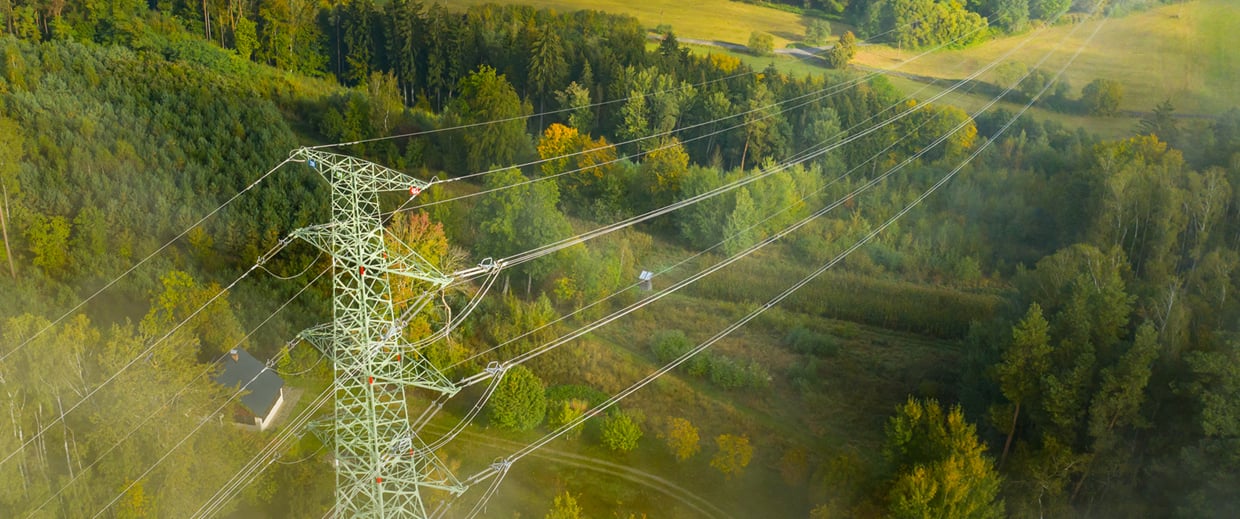All Posts
Showing 1-10 results of 21
Integrating L2 and L3 in a Single CPE: A Strategic Move for Scalable Business Connectivity
4 min read
Upgrading from 1G Ethernet to 10G, 100G and beyond:
Where is the demand and when to use which
5 min read
Providers’ Strategies for Cloud Services Revealed in Extensive New RAD Survey
6 min read
Private Cloud Access – a Key to Data Sovereignty
3 min read
450 MHz Band: The Strategic Spectrum Powering Resilient Connectivity for Critical Infrastructure
5 min read
Telco NaaS: Empowering Carriers to Monetize their Network
4 min read
What is Power over Ethernet (PoE)?
5 min read
What is Explainable AI? - Part I
9 min read
What is Explainable AI? - Part II
14 min read
Layer 2 vs Layer 3 Switching
5 min read




















